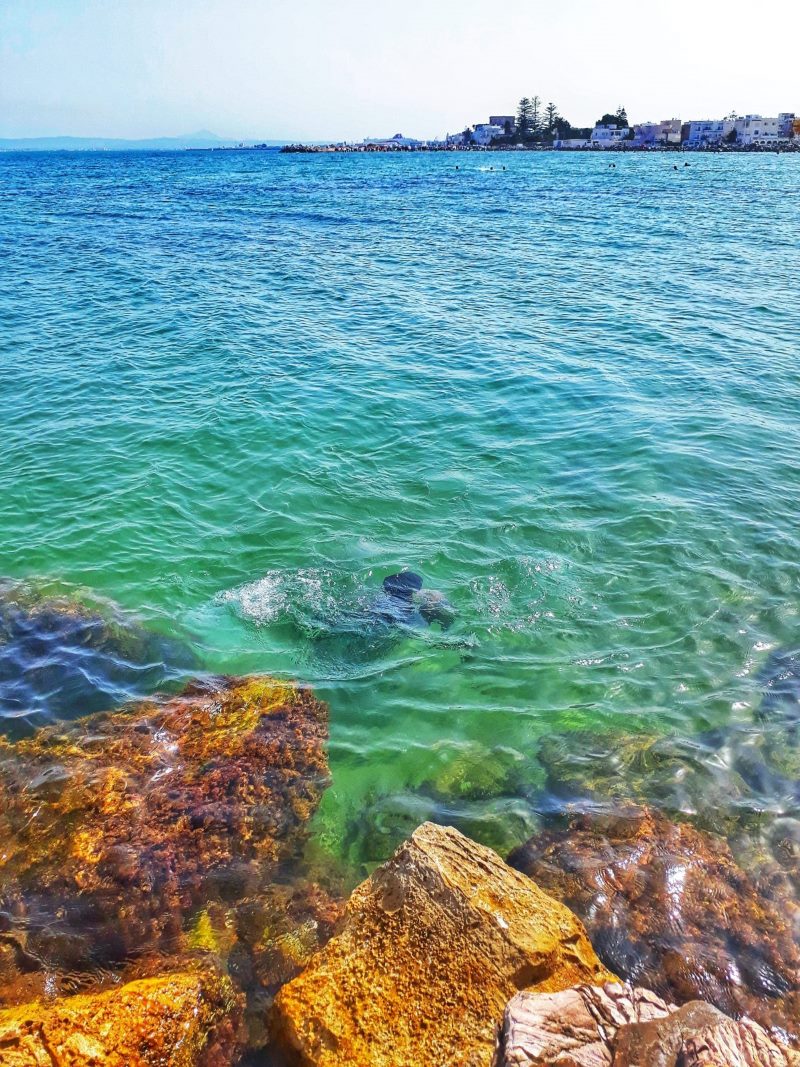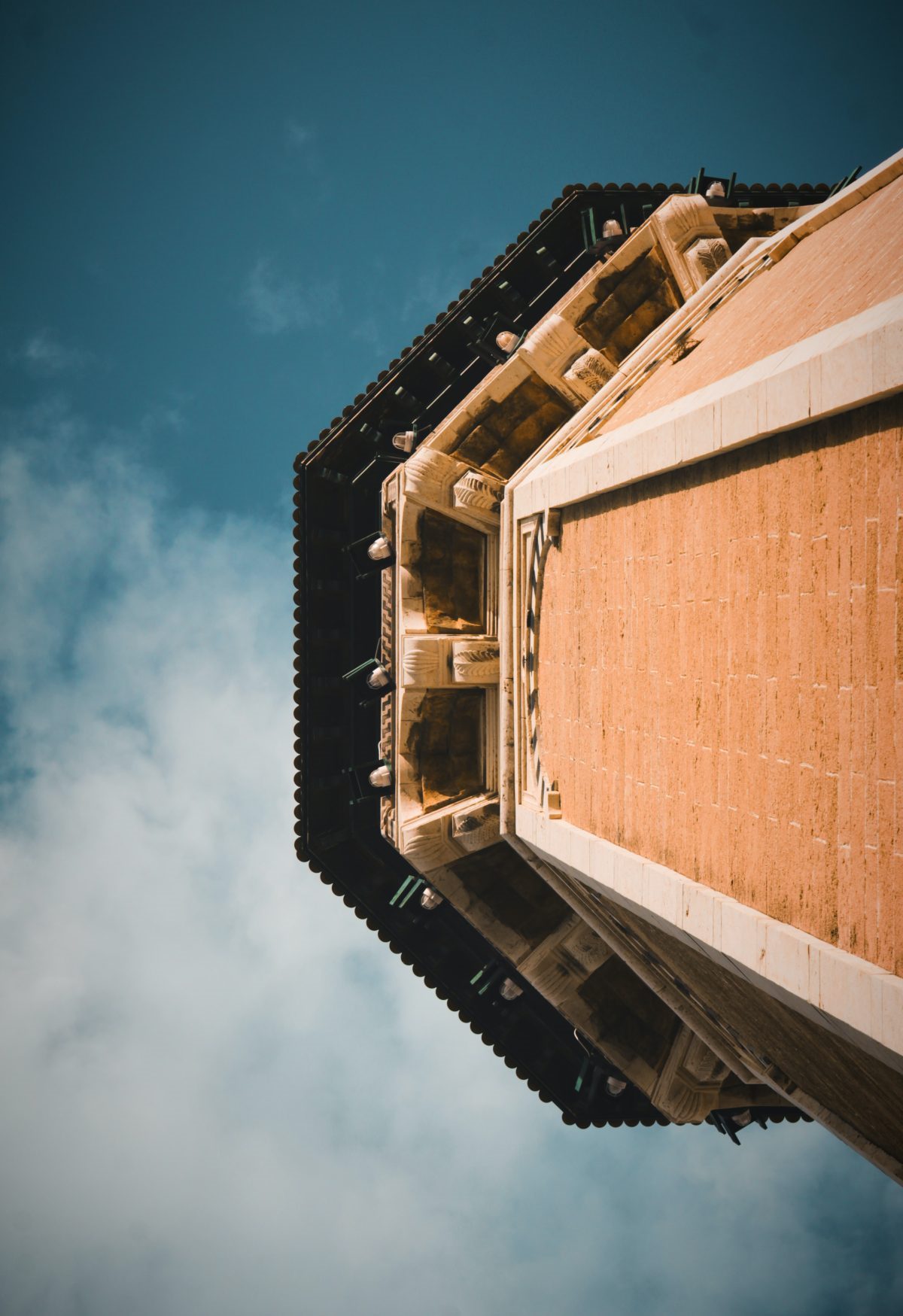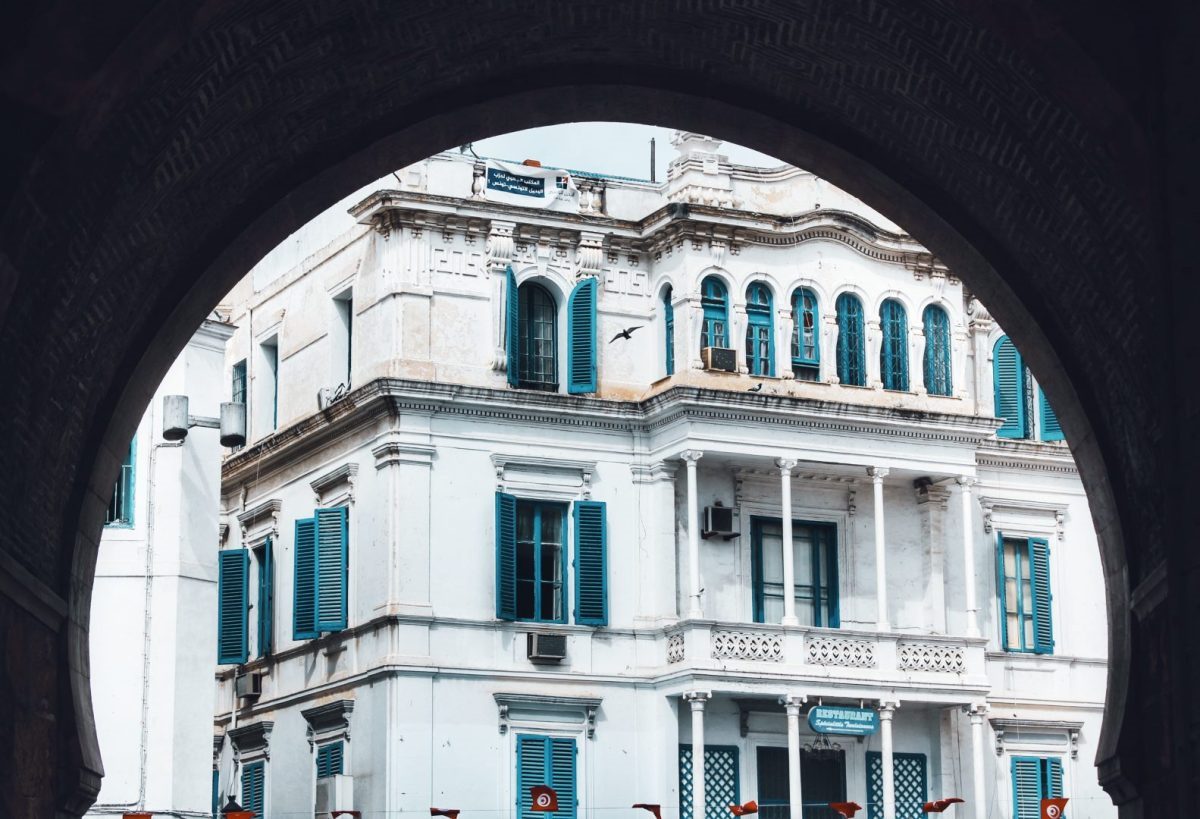How to Plan Your Day Trip to Kairouan and El Jem from Tunis
Are you looking for an exciting day trip from Tunis that combines history, culture, and beautiful landscapes? Look no further than the Full Day Excursion to Kairouan and El Jem. This small-group tour led by a Blue Badge guide offers a personalized experience and includes a visit to the Aghlabid Basins, the Great Okba Mosque, Sidi Sahbi, El Jem’s Roman amphitheatre and museum, and much more. Here’s everything you need to know to plan your day trip.Overview of Kairouan and El Jem Tour
The Full Day Excursion to Kairouan and El Jem is a small-group tour that takes you on a journey through the fascinating history and culture of Tunisia. The tour starts with a hotel pickup, and you’ll be travelling in a comfortable air-conditioned minivan. During the tour, you’ll visit:- The Aghlabid Basins
- The Great Okba Mosque
- Sidi Sahbi
- El Jem’s Roman amphitheatre and museum
- The Medina where you can explore at your own pace
What’s Included
The Full Day Excursion to Kairouan and El Jem includes the following:- Lunch
- Professional Guide
- Transport by air-conditioned minivan
- Drinks
- Gratuities
Meeting Points and Pick-Up Time
The tour starts at 8:00 AM, and the meeting point is flexible based on your preference. You can select a meeting point on the booking website. The tour ends back at the meeting point.What to Expect
During the tour, you’ll visit some of the most remarkable sites in Tunisia. Here’s what you can expect:The Aghlabid Basins
The Aghlabid Basins consists of a series of nine large cisterns, which supplied water to Kairouan until modern times. The cisterns represent an engineering marvel and provide an excellent opportunity to learn about Islamic art and architecture.The Great Okba Mosque
The Great Okba Mosque is one of the most significant Islamic holy places, and it was the first mosque built in North Africa.Sidi Sahbi
Sidi Sahbi is a historical site that houses the tomb of a companion of the Prophet Mohammed. It’s a peaceful and serene escape from the hustle and bustle of the city.El Jem’s Roman Amphitheatre and Museum
El Jem’s Roman amphitheatre is one of the most well-preserved structures of its kind outside of Italy. The amphitheatre is situated in the heart of the village and offers an unparalleled insight into Tunisia’s Roman past.The Medina
At the Medina, you’ll have some free time to explore at your own pace, see the souks, and enjoy the unique atmosphere of Kairouan.Additional Information
If you are interested in booking this tour, visit this link: book the tour here. Confirmation will be received at the time of booking. Please wear comfortable shoes and bring sunscreen, a hat, and bottled water.The Bottom Line
The Full Day Excursion to Kairouan and El Jem from Tunis provides an excellent opportunity to explore Tunisia’s fascinating history and culture. The tour is convenient, comfortable, and educational, making it a must-do adventure for anyone visiting Tunis. Join the tour today and let the journey begin.
Frequently Asked Questions About Tunis
1. What is the population of Tunis?
The population of Tunis, the capital city of Tunisia, is approximately 638,845 as of 2020.
2. What is the official language spoken in Tunis?
The official language spoken in Tunis is Arabic. However, French is also widely spoken and understood, especially in tourist areas and amongst the educated elite.
3. What currency is used in Tunis?
The official currency used in Tunis is the Tunisian Dinar (TND).
4. Is it safe to travel to Tunis?
Tunis, like any major city, has its own safety concerns. However, the city is generally safe for tourists. Petty theft and scams can occur so it is important to take the usual precautions such as not flashing valuables, avoiding dark and deserted areas, and being wary of unsolicited offers of help or guidance.
5. What is the best time of the year to visit Tunis?
The best time to visit Tunis is from March to May or September to November when the weather is mild and pleasant. Summer months from June to August can be unbearably hot and humid, while winter months from December to February can be cool and rainy.
6. What are the top attractions to visit in Tunis?
Tunis is home to many historical and cultural attractions. Some of the top attractions include:
- The Bardo Museum
- The Medina of Tunis
- The Carthage Archaeological Site
- The Zitouna Mosque
- The Sidi Bou Said Village
7. What is the cuisine of Tunis like?
Tunisian cuisine is a mix of Mediterranean and African flavors. Some popular dishes include:
- Couscous with vegetables or meat
- Brik (a pastry stuffed with egg and sometimes meat)
- Tajine (a stew made with meat, vegetables, and spices)
- Harissa (a hot chili paste served with many dishes)
- Mint tea (a popular drink served throughout the day)
8. What is the transportation system like in Tunis?
Tunis has an extensive public transportation system including buses, trams, and trains. Taxis are also readily available but it is important to make sure they have a meter or agree on a price before getting in. It is also possible to rent a car, but traffic in Tunis can be chaotic and unpredictable.
9. What is the dress code for visiting Tunis?
Tunisia is a Muslim country and visitors should respect local customs and traditions. Dress modestly and avoid wearing revealing clothing, especially in religious areas. Women should also consider covering their hair with a scarf.
10. What souvenirs can I buy in Tunis?
Tunis is home to many shops and markets where visitors can buy local handicrafts such as:
- Ceramics and pottery
- Rugs and carpets
- Leather goods
- Spices and herbs
- Traditional clothing and jewelry
Book Your Tour Now
Tunis is a fascinating city with a rich history and culture. With a little bit of planning, visitors can have a safe and enjoyable trip to this North African gem. Remember to respect local customs and traditions, stay safe, and take the time to immerse yourself in all that Tunis has to offer.

How to Spend Your Time as a Tourist in Tunis
Tunis is a beautiful city with a rich cultural heritage and diverse history. With so much to see and do, it can be difficult to decide what to prioritize during your visit. In this guide, we’ll provide you with a detailed itinerary of how to spend your time as a tourist in Tunis.Day 1: Discovering Tunis Old Town
On your first day in Tunis, we suggest dedicating your time to exploring the city’s historic center, known as the Medina. This UNESCO World Heritage Site is a labyrinth of narrow alleyways filled with souks (marketplaces), ancient mosques, and historic landmarks. Start your day with a visit to the Zitouna Mosque, which dates back to the 8th century and is one of the most important and largest mosques in Tunisia. Afterward, wander through the souks, where you can find everything from traditional crafts to spices, jewelry, and hand-woven carpets. Don’t miss a visit to the Bardo Museum, which houses a collection of Roman mosaics, and other archaeological treasures. The museum is housed in a former palace that is well worth seeing in its own right. You could easily spend a few hours here, admiring the fine mosaics and the museum’s other exhibits. End your day with a visit to the Dar Lasram, a beautifully restored 18th-century mansion that has been converted into a museum. Here, you can learn about traditional Tunisian architecture and daily life in the Medina.Day 2: Exploring Carthage and Sidi Bou Said
On your second day, venture beyond the city center to explore the ancient ruins of Carthage and the picturesque village of Sidi Bou Said. Begin your day at the Carthage Museum, which exhibits artifacts from the Punic, Roman, and Byzantine eras. Explore the ancient city’s ruins and visit the impressive Tophet, a sacred cemetery where urns containing the ashes of children were buried. Next, head to the nearby town of Sidi Bou Said, known for its charming blue and white houses and stunning sea views. Explore the town’s narrow streets and visit the Museum of Popular Art and Traditions, which showcases the local culture of Tunisia. In the late afternoon, be sure to take a scenic hike up to the hill overlooking Sidi Bou Said, where you can watch the sunset over the Mediterranean and admire the stunning panoramic views.Day 3: Relaxing on La Marsa Beach
On your final day in Tunis, take a break from the cultural sightseeing and relax on one of the most beautiful beaches in the area, located in the suburb of La Marsa. La Marsa is easily reachable by taxi or train from central Tunis. The sandy beach is perfect for swimming and sunbathing, and there are plenty of seaside cafes and restaurants serving fresh seafood and Tunisian specialties. If you’re feeling adventurous, try your hand at wind or kite surfing or take a boat tour along the coastline to explore the coves and cliffs of the region.Book Your Tour Now
Tunis is a city rich in history and culture, with much to see and explore. By following this itinerary, you’ll discover the most important landmarks and localities in Tunis, Carthage, and Sidi Bou Said. Whether you’re interested in history, art or just want to enjoy the beach, Tunis has something to offer for everyone.Table of Contents

